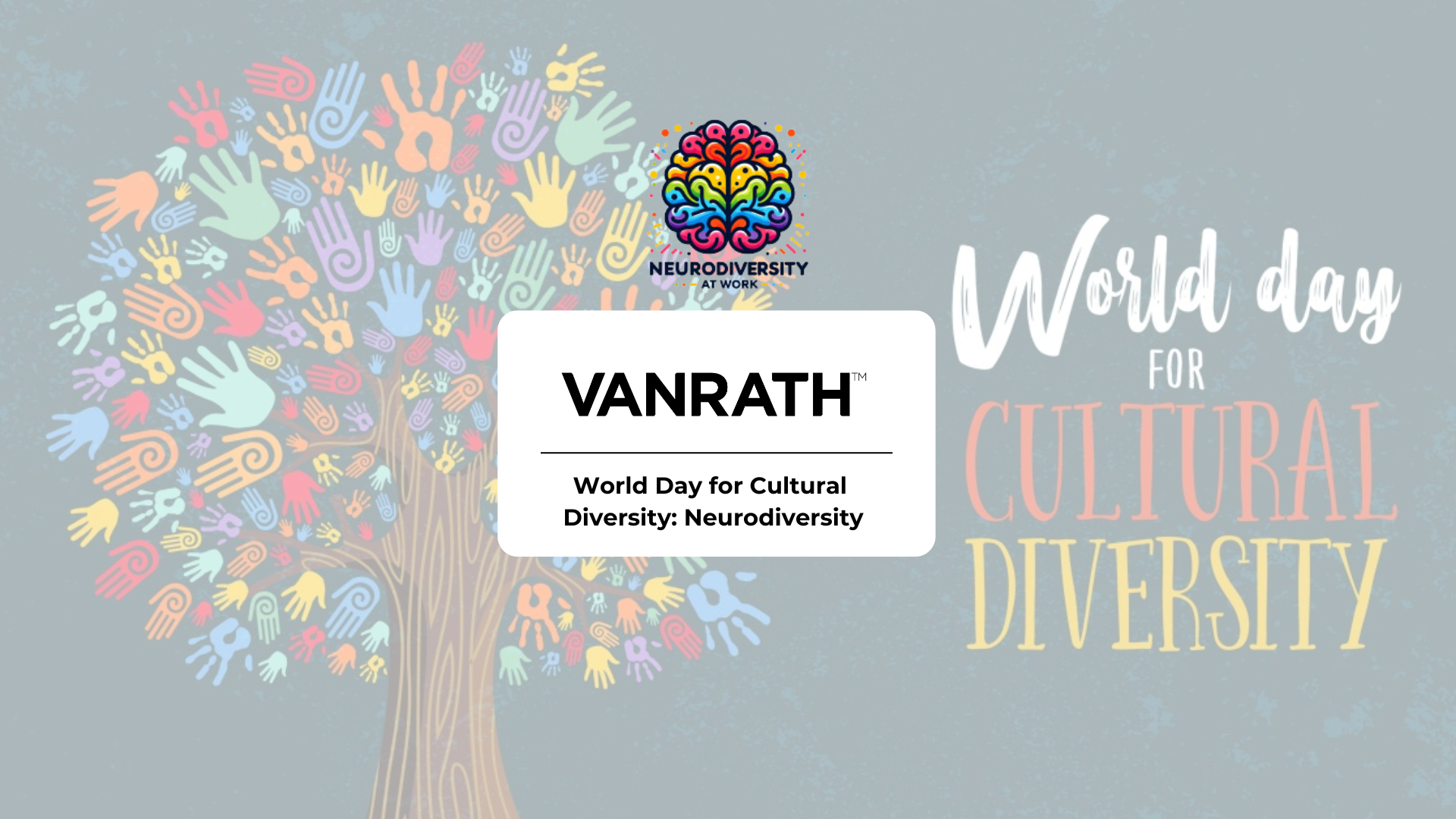As World Day for Cultural Diversity is being celebrated all over the globe, it seems like a good time to highlight the intersection of cultural diversity and neurodiversity. Neurodiversity acknowledges the natural variations in the human brain, including conditions such as autism, ADHD, dyslexia, and more. By understanding and embracing neurodiversity, we can create more inclusive workplaces that respect and value every individual's unique contributions. But how do different cultures navigate the world of neurodiversity?
Understanding Neurodiversity
Neurodiversity recognises that neurological differences are a natural and valuable part of human diversity. Just as we appreciate and celebrate different cultures, languages, and traditions, we should also celebrate the diverse ways in which our brains function. This perspective shifts the focus from seeing these differences as deficits to understanding them as variations that contribute to the richness of human experience.
The Cultural Lens on Neurodiversity
Cultural diversity adds another layer to how neurodiversity is experienced and perceived. Different cultures have varying attitudes towards neurological conditions, which can impact individuals in numerous ways:
Perception and Stigma: In some cultures, neurodiverse conditions might be stigmatised or misunderstood, leading to social isolation or discrimination. Conversely, other cultures may have a more accepting or even celebratory view of these differences.
Access to Resources: The availability of diagnostic and support services varies significantly across cultures. In some regions, individuals may have limited access to necessary resources, affecting their ability to thrive in educational and professional environments.
Workplace Integration: Cultural attitudes towards workplace diversity and inclusion can influence how neurodiverse individuals are integrated and supported in their jobs. Progressive workplaces that champion both cultural diversity and neurodiversity tend to create more inclusive environments that benefit everyone.
The Impact of Neurodiversity in Culturally Diverse Workplaces
Enhanced Creativity and Innovation: Neurodivergent individuals often bring unique perspectives and problem-solving skills. In a culturally diverse workplace, these perspectives can lead to innovative solutions and creative approaches that might not emerge in a more homogeneous environment.
Improved Problem-Solving: Diverse teams, which include both cultural and neurological differences, are often better at tackling complex problems. The variety of viewpoints can lead to more thorough and well-rounded solutions.
Greater Empathy and Understanding: Exposure to both cultural diversity and neurodiversity can foster greater empathy and understanding among team members. This can improve communication, collaboration, and overall workplace morale.
Broader Market Reach: Companies that embrace both cultural and neurodiversity are better equipped to understand and meet the needs of a diverse customer base. This can enhance market reach and customer satisfaction.
Promoting Inclusion for All
To truly celebrate and leverage the benefits of neurodiversity within a culturally diverse workplace, companies can take several steps:
Education and Awareness: Conduct training sessions to educate employees about neurodiversity and cultural sensitivity. This helps in breaking down stereotypes and building a more inclusive work environment.
Accessible Resources: Ensure that resources and support systems are accessible to all employees, regardless of their cultural or neurological background. This includes providing accommodations and ensuring that communication is clear and inclusive.
Support Networks: Create support networks or employee resource groups where neurodiverse individuals can share experiences and strategies. These networks can provide a sense of community and advocacy within the workplace.
Inclusive Policies: Develop and implement policies that promote inclusion and equity. This includes flexible working arrangements, anti-discrimination policies, and proactive recruitment practices aimed at increasing diversity.
Conclusion
On World Day for Cultural Diversity, let's recognise and celebrate the intersection of cultural and neurodiversity. By fostering an inclusive environment that values all forms of diversity, we can create workplaces that are not only more equitable but also more innovative and successful. Embracing the full spectrum of human diversity enriches our lives, enhances our work, and helps build a more inclusive world for everyone.
.png)